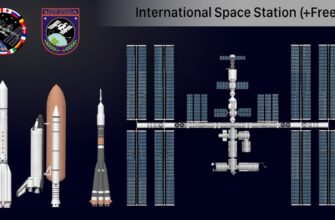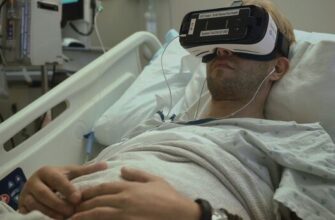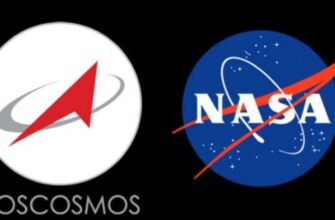Alexandra Mitlyanskaya`s immersive video art invites visitors to a profound exploration of personal and universal space.
Human existence is a perpetual negotiation between the self and its surroundings. We constantly filter external stimuli through the lens of our internal experiences, memories, and emotions. But what happens when these two realms – the deeply personal and the universally perceived – are deliberately blurred and placed under the artistic microscope? The Moscow Museum of Modern Art (MMOMA), situated at Petровка, 25, offers a compelling answer with Alexandra Mitlyanskaya’s poignant solo exhibition, aptly titled “Inside.”
This “touching” exhibition, as it has been described, dedicates itself to an intricate exploration of the boundaries, or perhaps more accurately, the fluid transition points, between our inner and outer worlds. It is an exercise in introspection, a gentle prod to consider how our personal narratives shape our understanding of the broader reality. For an art form, this is a rather ambitious undertaking, yet Mitlyanskaya navigates it with a subtlety that disarms and engages.
The Inner Sanctuary: When I`m Home Alone
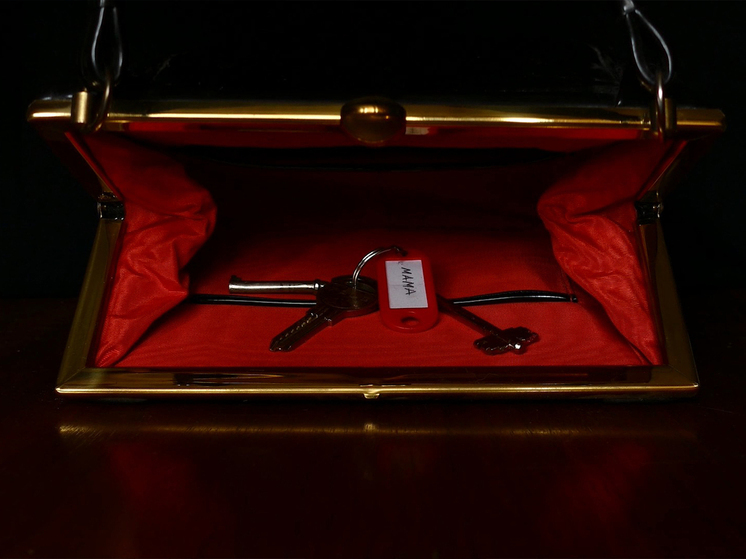
Upon entering the first of two modest, yet profoundly evocative, halls, visitors are welcomed into what is conceptually presented as the artist’s own inner world. The series of works, collectively titled “When I`m Home Alone,” is a meticulously curated tapestry woven from autobiographical threads. Here, the inanimate becomes animate; souvenirs from travels, cherished gifts, and other personal mementos transcend their material form to become silent sentinels of memory. It’s an intimate, almost voyeuristic, experience that resonates on a surprisingly universal level.
The genius lies in the details. A clutch, once belonging to the artist`s mother, lies open, revealing keys dangling from a keychain simply inscribed “Mom.” These aren`t just objects; they are archaeological finds from a personal history, each imbued with a silent narrative. The viewer is almost invited to become an emotional archaeologist, excavating their own similar fragments of memory. It evokes a bittersweet pang of nostalgia – a longing for a childhood home, the aroma of a grandmother`s freshly baked pies in a modest apartment, the comforting clutter of a life lived. Yet, there`s also the inevitable recognition that these specific places and people may no longer exist, turning the nostalgia into a shared, melancholic ache. A curious paradox: by inviting us into her deeply personal realm, Mitlyanskaya somehow makes it universally accessible. Perhaps `intimacy` is simply a well-managed public relations strategy for the soul?
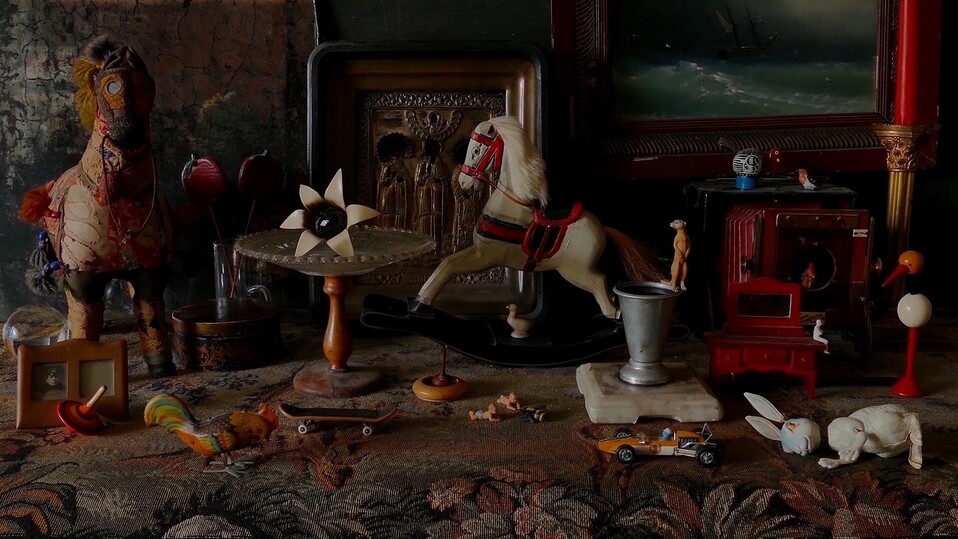
The Expansive Exterior: A Canvas for Perception
Transitioning into the second hall is a deliberate shift, a symbolic crossing of the boundary into the external world. Here, the medium takes center stage, with three compelling video artworks: “Moscow River,” “Road in the Dunes,” and “Threshing Floor” (or “Grain Pile”). These pieces offer sweeping, boundless landscapes, seemingly devoid of overt human intervention. However, their simplicity is deceptive, as they serve as profound canvases for our individual perceptions.
The effect mirrors the first hall’s universal resonance, but in reverse. We all observe the same visual input, yet our interpretations diverge dramatically. For some, the expansive skies and open vistas might represent infinite possibilities, a world brimming with opportunities for exploration and growth. For others, these very same grand scales might trigger unease, even fear. What horrors could such vastness conceal? Is it a place of freedom or a realm of profound insecurity? Mitlyanskaya brilliantly highlights that the outer world is not a fixed, objective entity, but rather a reflection of our internal states. The subtle movements within the video art – the ripple of water, the shifting sands, the gentle sway of grain – underscore the transient and ever-changing nature of both our perception and the reality we attempt to grasp.
The Blurring Lines: A Continuous Dialogue
The exhibition`s curatorial design, guiding visitors from one room to the next, is not merely a physical journey but a conceptual one. It emphasizes that the boundary between our internal and external lives is not a rigid wall, but a permeable membrane, constantly allowing thoughts, memories, and perceptions to flow between the two. Mitlyanskaya’s video art, a medium that inherently conveys movement and the passage of time, is particularly effective in illustrating this fluidity.
Ultimately, “Inside” is more than just an art exhibition; it is an invitation to engage in a deeply personal dialogue. It challenges us to reflect on how our accumulated experiences and inner landscape color every interaction with the world outside. It reminds us that our interpretations of reality are profoundly subjective, and that the vast, open spaces of the world can be both a source of inspiration and apprehension, depending on the emotional baggage we carry. In a world increasingly obsessed with external validation and curated public personas, Mitlyanskaya`s work is a quiet, powerful call to look inward, to understand the intricate machinery of the self before attempting to truly comprehend the world beyond.




